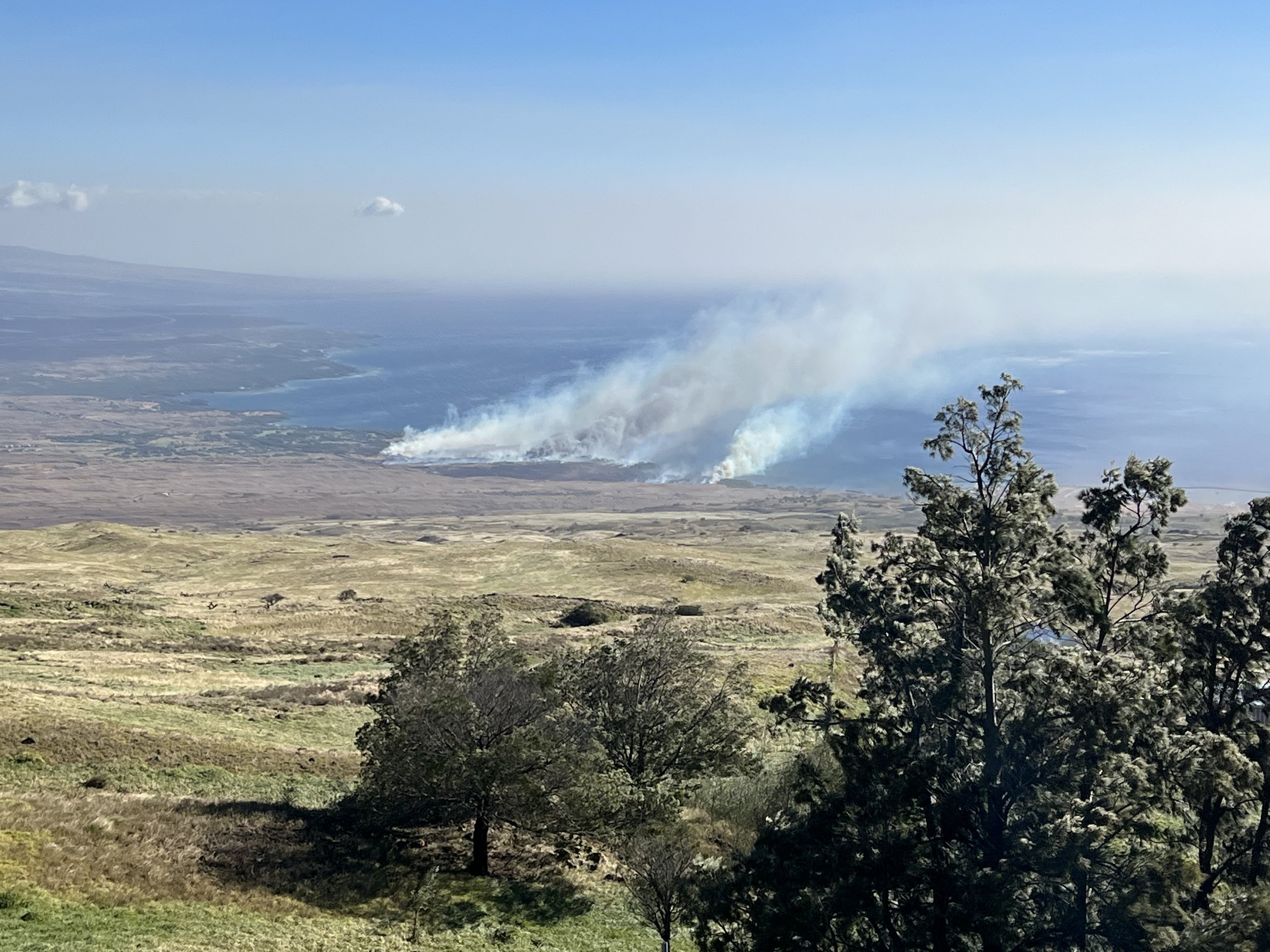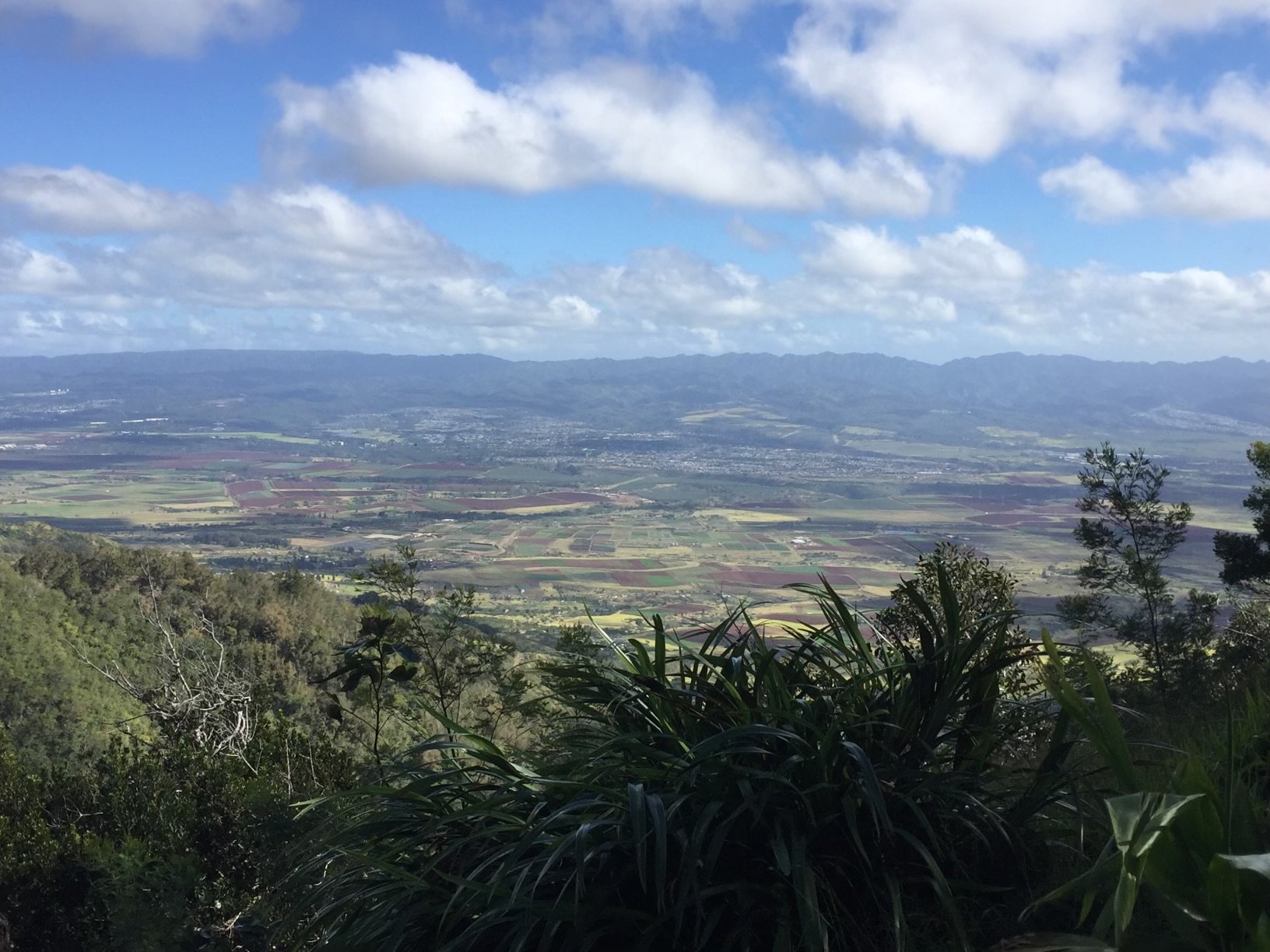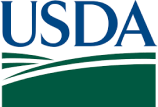
Over 99%
of all wildfires in Hawaiʻi are human-caused.
Wildfires are a mauka to makai issue
affecting everything from
human safety,
drinking water,
agricultural production,
native forests,
coral reefs,
infrastructure,
cultural resources,
human safety, drinking water, agricultural production, native forests, coral reefs, infrastructure, cultural resources,
A 501(c)(3) nonprofit organization based in Waimea on Hawaiʻi Island that serves as a hub of wildfire prevention, mitigation, and planning activities in the Hawaiʻi-Pacific region through proactive, collaborative, and forward-thinking projects.
We are working with you to protect our ʻāina
Through our extensive partnerships and grassroots efforts, we are working towards reducing the number of wildfires and significantly reducing the wildfire risk for communities and precious natural resources throughout the State of Hawaiʻi.
59
local Hawaiʻi Island
18
nationwide
10
statewide
8
county-wide
Hawaiʻi has a wildfire problem
Each year, about 0.5% of Hawai'i's total land area burns each year, equal to or greater than the proportion burned of any other US state.
Human ignitions coupled with an increasing amount of nonnative, fire-prone grasses and shrubs and a warming, drying climate have greatly increased the wildfire problem.
-
HWMO is dedicated to outreach, education and technical assistance, project implementation, and research focused on proactive and collaborative wildfire prevention, mitigation, and post-fire recovery in Hawaiʻi and the Pacific.
-
HWMO's vision is for the people and places of Hawaiʻi and the Pacific to be wildfire-ready and wildfire-resilient.
-
Hawai'i's ecosystems are not adapted to fire so post wildfire events our native ecosystem often cannot recuperate. Instead, our native plants are replaced by fire-accustomed invasive grasses and plants.

Make a donation
Donating to HWMO aids our ability to assist communities, natural resource managers, and others to become safer through our risk reduction programs.








